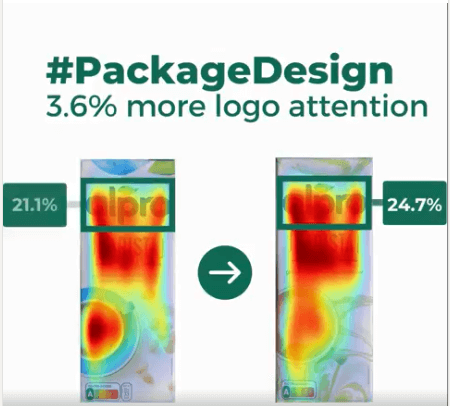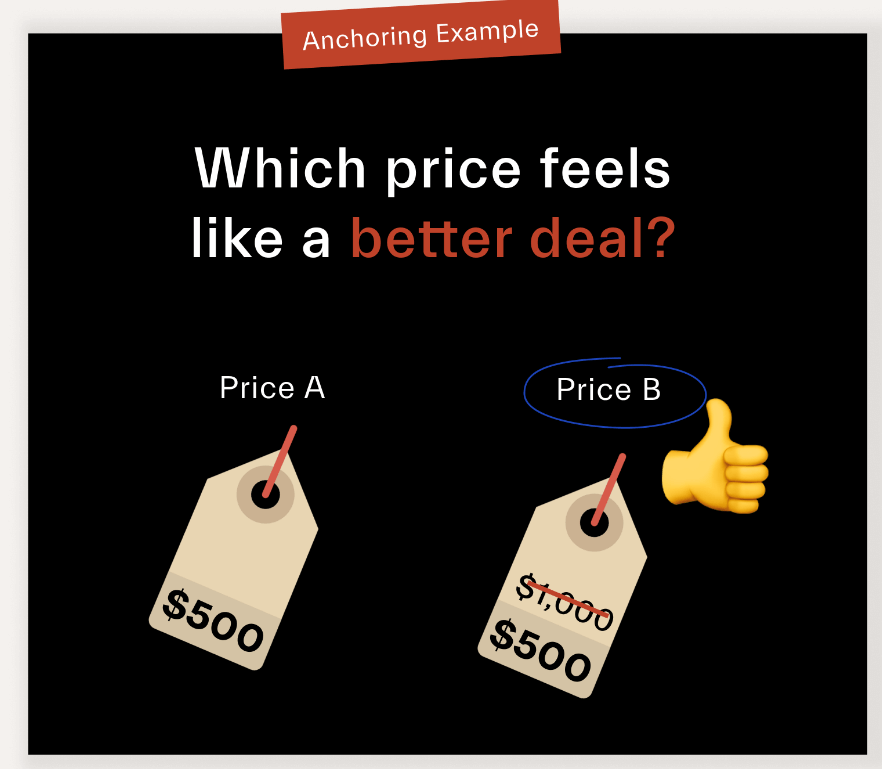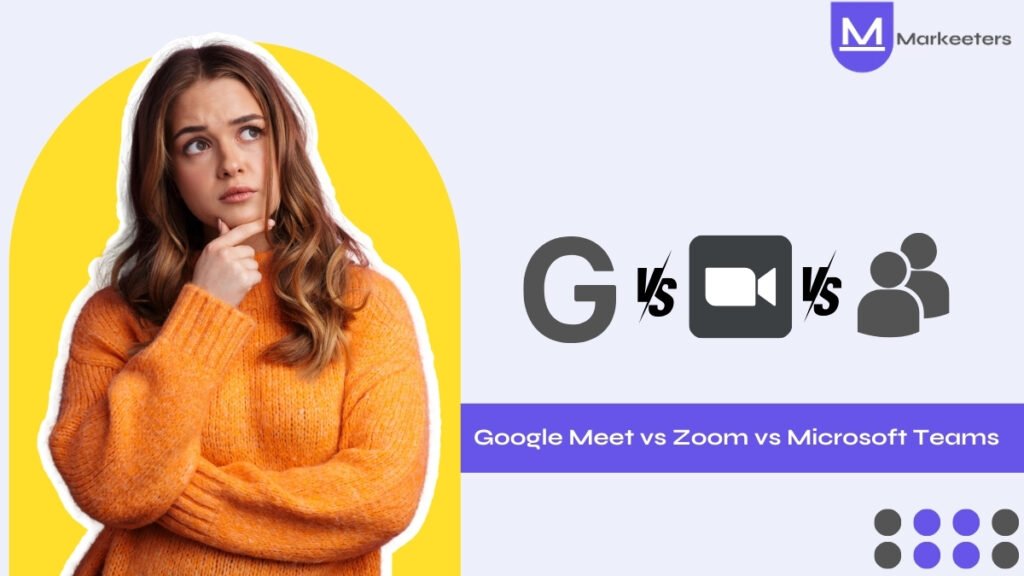Level up your marketing game with 10 tips on how to use neuromarketing in your marketing strategy. Connect, engage, and stand out!
In the whirlwind world of marketing, where creativity reigns supreme, have you ever wondered what truly makes your audience tick? Neuromarketing is mindful marketing. For decades, marketers have worked to understand how human emotions and perceptions function. Despite the fact that neuroscience has been around for some time, marketers still leverage a number of tactics that are based in psychology to influence customer behavior.
Studies show that neuromarketing can increase impulse buying by up to 14%. If you are ready to delve into the mind-bending art of marketing, these 10 tips on how to use neuromarketing will unlock the secret vault of consumer desires and preferences, turning your campaigns into unforgettable journeys.
Refer to our blog to learn the definition, benefits and examples of neuromarketing.
Tools of Neuromarketing
You should have a fundamental grasp of how neuromarketing functions if you’re launching a company, creating a brand, or designing a product. In order to give companies and marketers insights on the most effective ways to engage with, motivate, and impact their target audience, neuromarketing tracks both bodily and brain activity using scientific methodologies. Most often scientists use the following tools:
- Heart Rate Monitoring: Users can monitor and record changes in a person’s heart rate using sensors attached at cardiovascular points. The alterations are a sign of unrestrained emotional reactions like enthusiasm and desire.
- Functional Magnetic Resonance Imaging (fMRI): Magnetic fields are used in MRIs, a type of brain imaging examination, to monitor blood flow in the brain. A customer’s brain responses, memory, and level of engagement with a product, design, or content can be revealed by an fMRI.
- Facial Expressions Monitoring: This approach makes use of instruments to spot and monitor minute changes in people’s facial expressions. This is helpful for quantifying abstract emotions like sorrow, rage, dislike, fear or joy in the context of consumer emotional responses.
- Electroencephalography (EEG): An EEG is a type of brain imaging exam that uses electrodes on the scalp to assess brain activity. This method demonstrates which stimuli specifically activate particular brain areas.
- Eye-tracking: Eye-tracking technology represents 35% of the total neuromarketing sales. This technique aids marketers in observing and quantifying a test subject’s attentiveness through their eye movement. This technique also captures the pupil’s dilation, an indication of the customer’s excitement.
Neuromarketing blends neuroscience, social psychology, and market research to make an informed decision about advertising, product design, pricing, and other areas. The idea of neuromarketing is not new. Many business giants depend on neuromarketing for sales, growth, and advertising strategies. The global neuromarketing market size was valued at USD 2,493 million in 2021.
10 Tips on How to Use Neuromarketing in Your Marketing Strategy
Neuromarketing strategies can increase marketing effectiveness by up to 40%. By following the tips on how to use neuromarketing in your marketing strategy, your business success can escalate. Let’s study further:
1. Color Psychology
Colors can influence up to 90% of an initial impression. It is one of the best tips for using neuromarketing in marketing strategies. According to an article by Satyendra Singh that appeared in Management Decision, smart use of color may influence a customer’s mood and, therefore, their view of the product, in addition to helping a product stand out from its competitors.
For example, the brand Coca-Cola. The brand has always been associated with joy, excitement, and optimism because of its red color. Red is the color that evokes the strongest emotions. The color red is also associated with an increase in hunger and is used in a variety of exuberant expressions such as “red-hot,” “red-handed,” “paint the town red,” and “seeing red.”

Studies that take a more critical stance towards marketing, however, show how people’s choices, experiences, upbringings, cultural distinctions, and settings may all affect how the message is received.
Read More: How A Brand Marketer Takes Your Business to the Next Level?
2. Eye Gaze and Tracking
Eye-tracking is one of the most common techniques in neuromarketing research. Sensors are used in eye-tracking technology to monitor eye movements and determine where individuals are looking. Understanding what individuals are paying attention to and how they are processing information may be done using this information. It keeps track of where and how long a user’s eyesight rests on a screen. Participants eye contact patterns are frequently displayed on a colourful heat map.
For instance, a Belgium company Alpro, promoted plant-based milk products that leveraged neuromarketing to build barista-preferred packaging. They worked with a neuroscience company, Alpha. One. Alpro used an eye-tracking technique to measure engagement.

A range of eye-gaze techniques have been developed by advertising companies as a result of these visible consumer behavioural results. According to Psychology Today, an averted gaze appeals to the audience’s emotions and draws them into the ad’s tale, but a straight stare speaks to the audience’s celebral side and establishes trust.
3. The Dopamine Effect
A neurotransmitter known as dopamine is connected to enjoyable and thrilling events. The brain perceives an increase in dopamine levels as a reward and maintains attention on the activity or process at hand. You can optimise this impact and increase your consumers’ satisfaction with your product or service providing them with a thrilling experience. To understand what excites your target audience and how to freely offer it to them, you must first thoroughly understand them. For instance, if you work in the technology sector, you can experiment with games to maintain dopamine levels. The dopamine effect is one of the best tips for using neuromarketing in your marketing strategy.
4. Introduce an element of Urgency
Have you ever seen ads for promotions or offers that included countdown clocks and arbitrary deadlines? This is so that levying a deadline will encourage purchasers to move quickly to accept the offer. This is one of the best neuromarketing tips to use in your marketing strategy. For instance, suppose you send an email newsletter about shopping discounts, and reduced prices and include a catchy CTA such as Buy Now, Hurry, or an offer valid until today. This will motivate the user to click on the link and buy the respective products. Therefore, it is recommended to position the deadline in an easily identifiable spot if you want to make sure that your visitors will complete the transaction.
5. Social Media
Social media also affects consumers and their behaviour when making purchasing decisions. People are more inclined towards top brands and their products. They also prefer word-of-mouth advertising. This is because it gives consumers the impression that their buying choice is secure and popular. This is an effective tip of neuromarketing that brands and businesses can introduce into their marketing strategies. You can leverage social media by posting customer testimonials on your website. You can share them on social media platforms and via newsletters. Make use of referral marketing campaigns to solicit assistance from your clients in exchange for a great perk, such as a product discount.
Also read: Top 5 Reasons to Hire a Social Media Manager
6. Increasing Sales with Attractive Designs and Effective Packaging
We all have different preferences when buying something online. As an example, consider packet colour, quality packing styles, patterns, preferences, etc. It is interesting how well marketers understand these concepts. They are aware of the desires or wants of their customers. They are able to advance company ideas to a completely new level with the aid of neuroimaging techniques.
Let’s discuss an example of Frito-Lay here. They reinvented its packaging using neuroimaging. Customers were shown various packet designs as part of this study. Additionally, whether they had a good, negative, or neutral answer was noted. Following that, the authorities conducted interviews with the participants regarding colour, text, and images. After the interview, the researcher discovered that consumers responded favourably to matte colours and negatively to shiny packaging. Using this information, Frito-Lay switched from glossy to matte packaging.

Attractive designs and appealing packaging are two of the important tips for using neuromarketing in your marketing strategy.
Also read: Brand Identity: How to Build a Strong Brand Image
7. Leverage Emotional Marketing
Forming an emotional connection with your audience helps establish a relationship. It makes them care about the product. In order for people to relate to you effortlessly, you must share compelling stories. Here is an example of HP for you.
Here is the video:
Shane is an author, journalist, and co-founder of Contently. Neuroscience expert Dr Zak showed an emotional video in front of Shane when he was CEO of Immersion to see how people reacted to it. Shane started crying after watching the commercial since it had moved him to tears. Dr Zak discovered that Shane had emotional outbursts for the father at each moment in the video where the father was rejected.
The result? Emotional stories trigger our brains to release the hormone oxytocin, which causes us to feel both sad and pleased at the same time. This is why it is important to share emotional and compelling stories that people can relate to in order to connect with your audience. Make an emotional connection and win your audience!
8. Create FOMO
FOMO: Fear of Missing Out is one of the most useful and effective tips for using neuromarketing in your marketing strategy. Scarcity is the reason behind FOMO. Your audience will feel pressured to act when a product or service is thought to be limited. For marketing campaigns that include restricted products or availability, such as conferences and webinars, scarcity is ideal. A perfect example to quote here is Myntra. They create End-of-Reason Sale (EORS).

Customers are more likely to buy things because they are afraid of missing out on a good deal. You will generate more sales than you could have ever anticipated by highlighting the bargain or the level of gain the consumer will experience.
9. The Anchoring Effect
Your inner shopaholic most likely bought a sale item after calculating the difference between the sale price and the item’s original price. The anchoring effect, which reflects our propensity to trust the first piece of information we hear, is the name for this cognitive bias. You always require an “extra” that will make the deal go in your favour. What will influence your choice of retailer if the same product is offered at the same price at two distinct establishments?
Many people have discovered that leveraging in-store reward card systems increases traffic and sales. I would definitely choose that store over others if I knew I could obtain a refund or extra for the identical item there.

The anchoring effect is one of the essential neuromarketing tactics since it provides consumers with a point of comparison while shopping.
10. Frequency Illusion
Have you ever found something new, learned about it, and begun noticing it wherever you go? You might view it as a coincidence, but it is known as a frequency illusion. It is an effective use of neuromarketing to implement a marketing strategy. Selective attention and confirmation bias are acknowledged as the two mechanisms that explain the frequency illusion. The former takes over when you are struck by a fresh thought and unconsciously keep an eye on it. Consequently, you see it more often.
Confirmation bias ensures that you will be more likely to feel favourably about a concept with each new instance of its occurrence. This neuromarketing tip can aid in boosting brand recognition. Retargeting people who have already visited your website with sponsored ads enhances the likelihood that they will become customers.

Conclusion
Neuromarketing is an asset for your business. These 10 tips on how to use neuromarketing for your business will help you grow and connect with your audience on a personal level. In this day of data overload, practically anything can be measured. However, Google Analytics will never be able to fully assess the most crucial aspect of your marketing strategy- its capacity to emotionally move your target audience.
Fortunately, the field of neuromarketing is quickly developing, and this technology is becoming more accessible and useful for marketers right now, setting the stage for its widespread use in the future. You should understand the minds of your customers. Additionally, you should understand how to use psychological marketing to influence people efficiently.
Frequently Asked Questions
What are neuromarketing principles?
The foundation of neuromarketing is the psychological study of consumer behaviour. It examines how consumers make purchasing decisions and their cognitive and perceptual reactions to diverse marketing strategies.
Does Coca-Cola use neuromarketing?
One of the all-time most effective marketing initiatives belongs to Coca-Cola. For the purpose of promoting their products and building brand awareness, they have deployed innovative advertising campaigns and catchphrases. However one of the primary factors is their familiarity with neuromarketing.
How do marketers use neuromarketing?
Marketers acquire insight into customers’ motives, preferences, and decision-making processes by using brain signals and other physiological signs.
What is the importance of neuromarketing?
The capacity to better understand and engage with customers is one of the main advantages of adopting neuromarketing approaches in digital marketing. Businesses may develop more successful and focused marketing efforts by researching consumer behaviour and preferences.





